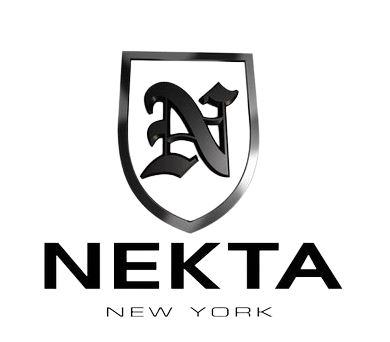Misleading Trade Terms vs. True Sapphire Origin—What Buyers Should Know
Share
If you’ve ever shopped for a sapphire, you’ve probably heard terms like “Cornflower Blue,” “Royal Blue,” or even “Kashmir Quality.” But here’s the truth—many of these terms are just marketing buzzwords that don’t actually tell you where the sapphire is from or how valuable it really is.
Let’s break down what’s real, what’s misleading, and how to make sure you’re getting the best sapphire for your money.
Common Trade Terms Used to Describe Sapphire Colors
The jewelry industry loves using fancy names to describe sapphire colors. Some of them are helpful, but others can be completely misleading.
🔹 Royal Blue – This describes a deep, vivid blue sapphire—BUT it’s not an official grading term. Any dealer can call a sapphire “Royal Blue” without any certification to back it up.
🔹 Cornflower Blue – This refers to a medium-tone, velvety blue sapphire. It’s a beautiful color, but again, there’s no official gemological standard for it.
🔹 Padparadscha – Unlike the other terms, this one is real. Padparadscha sapphires are a specific pink-orange mix, and major labs like GIA or GRS will certify them as such.
The key takeaway? Don’t just trust a fancy name—always check for certification that proves the sapphire’s quality.
True Sapphire Origin: Why It Matters
While color names are often just marketing, a sapphire’s origin can seriously impact its value.
Here’s a quick breakdown of the most famous sapphire origins and what makes them special:
🌍 Kashmir Sapphires – The rarest and most valuable. Mined in the early 1900s, these sapphires have a legendary velvety, soft blue color with almost no extinction. Prices for fine Kashmir sapphires start at $50,000 per carat.
🌍 Burmese (Myanmar) Sapphires – Known for their rich blue hue with a slight purplish tint, these are also highly valuable. Many Burmese sapphires are unheated, which increases their worth.
🌍 Ceylon (Sri Lanka) Sapphires – These have a lighter, more radiant blue compared to Burmese sapphires. Sri Lanka is one of the most active sapphire mining regions today.
🌍 Madagascar Sapphires – Often mistaken for Sri Lankan stones, these have high clarity and beautiful color but are generally more affordable.
🌍 Australian Sapphires – Darker, inky blue stones that can sometimes appear almost black. While not as expensive as Kashmir or Burmese sapphires, they can be stunning if well-cut.
Why does origin matter? Certain origins—like Kashmir and Burmese—are associated with the highest quality and rarity. But remember: a well-cut Sri Lankan sapphire can look better than a poorly cut Burmese one.
How to Avoid Overpaying for “Marketing Terms”
🚫 Don’t buy a sapphire just because it’s called “Royal Blue” or “Cornflower Blue.” These terms are subjective and can vary between dealers.
✅ Always ask for certification. Reputable labs like GIA, GRS, or AGL will confirm the origin and whether the sapphire has been heated.
🚫 Watch out for fake “Kashmir” sapphires. Because of their high value, some sellers mislabel stones to make them seem more prestigious.
✅ Focus on beauty first. A well-cut, vibrant sapphire will always look better than an overpriced stone with a fancy-sounding name.
Looking for a High-Quality Sapphire? Here’s My Recommendation
I personally source certified sapphires that are cut to perfection, with real origin documentation. Here are a few of my best picks:
💙 Certified 2.75ct Unheated Burma Sapphire – Deep, rich blue with top-tier clarity.
💙 Certified 3.10ct Ceylon Sapphire with Royal Blue Hue – Stunning brilliance and a great investment.
💙 Certified 1.90ct Padparadscha Sapphire – The perfect pink-orange mix, extremely rare.
Want expert guidance? Let’s chat.
📞 Call or text me at (212) 921-4647
🌍 Visit www.nektanewyork.com
